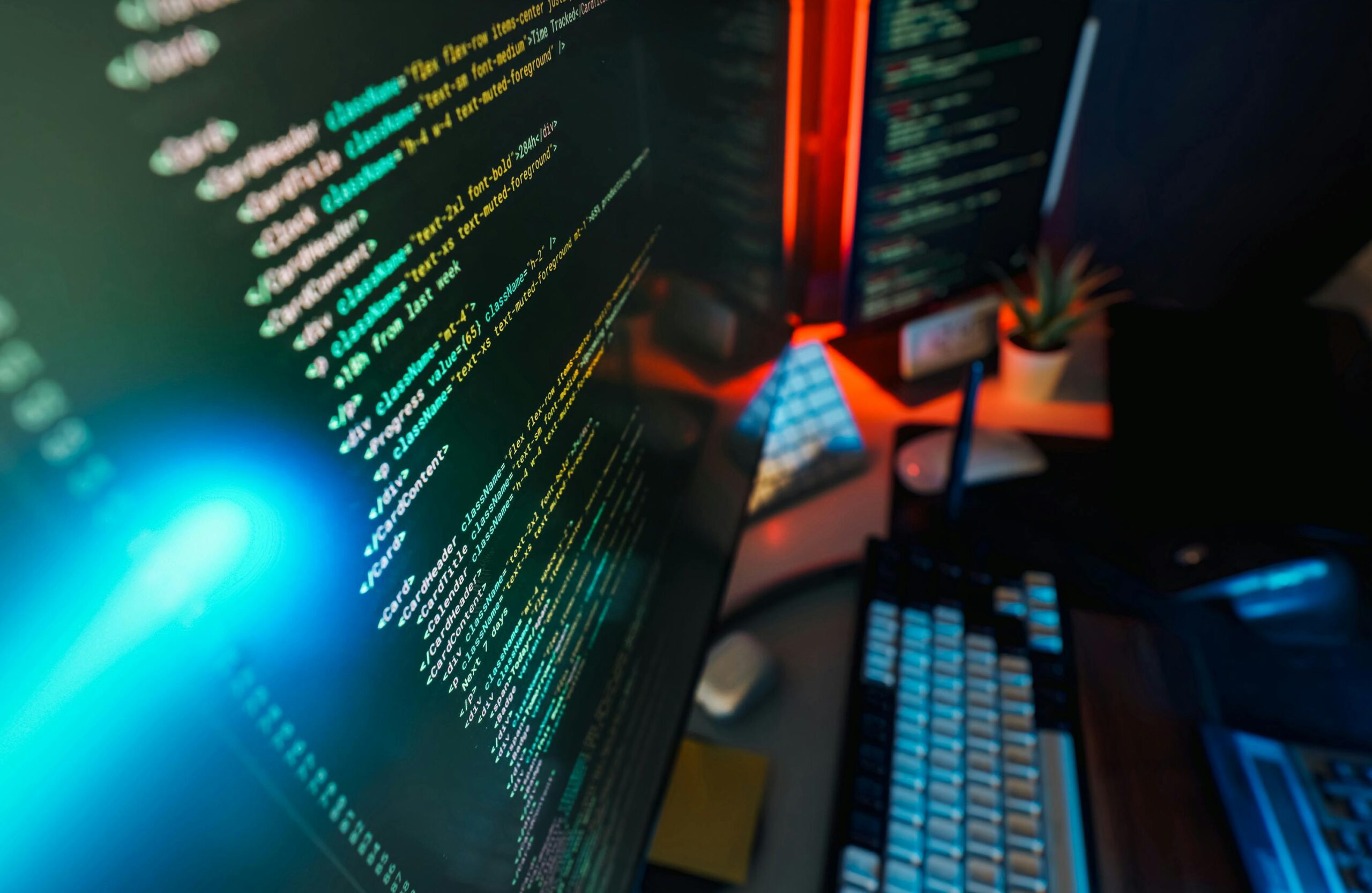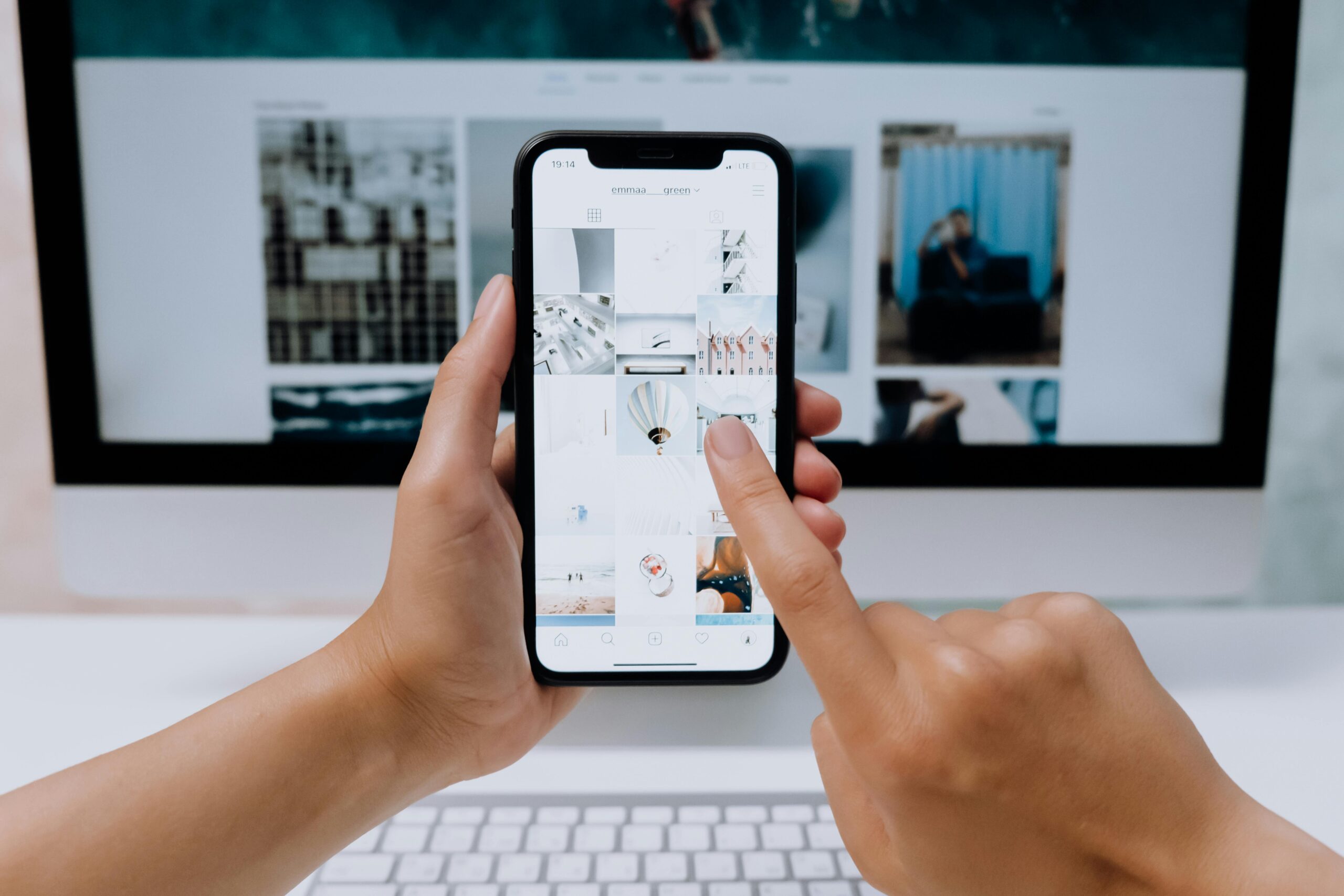A Low-Effort Habit for a Lighter Footprint
What if a small setting change on your phone or laptop could help reduce your energy use, extend battery life, and make your screen time easier on the eyes?
Each day, activate dark mode on at least one of your devices—just for a few hours or your entire work session. It’s a simple tech habit that supports Sustainable Development Goal 12: Responsible Consumption and Production, promoting smarter, more efficient use of everyday resources.
Why Dark Mode Works
- OLED and AMOLED screens (used in many smartphones and some laptops) consume up to 60% less power when displaying darker pixels (Source: Purdue University Study).
- Even on non-OLED screens, dark mode slightly reduces power draw by dimming backlighting and reducing screen refresh intensity.
- Blue light reduction in dark mode can improve sleep quality and reduce eye strain, especially at night (Source: Harvard Health).
- Over time, reduced battery cycling extends device life, which helps decrease electronic waste and the carbon footprint of production and disposal.
How to Start Your “Go Dark” Habit
- Choose one device daily—your phone, tablet, e-reader, or laptop.
- Turn on dark mode in the display or appearance settings.
- Use it during evening hours, work blocks, or whenever you don’t need bright visibility.
- Optional: schedule dark mode to activate automatically after sunset.
No app installs, no sign-ups—just a single setting toggle for smarter screen time.
Why This Supports Sustainable Tech Use
- Reduces energy demand per user, especially across millions of devices.
- Encourages mindful tech use, especially during high screen time periods.
- Scales easily: If 10 million people use dark mode for 3 hours/day, it could reduce smartphone energy use by the equivalent of taking ~100,000 cars off the road for a year.
Bottom Line
Going dark once a day is more than a comfort setting—it’s a sustainability choice.
Start your “Go Dark” habit today—because the brightest ideas often start with a darker screen.




